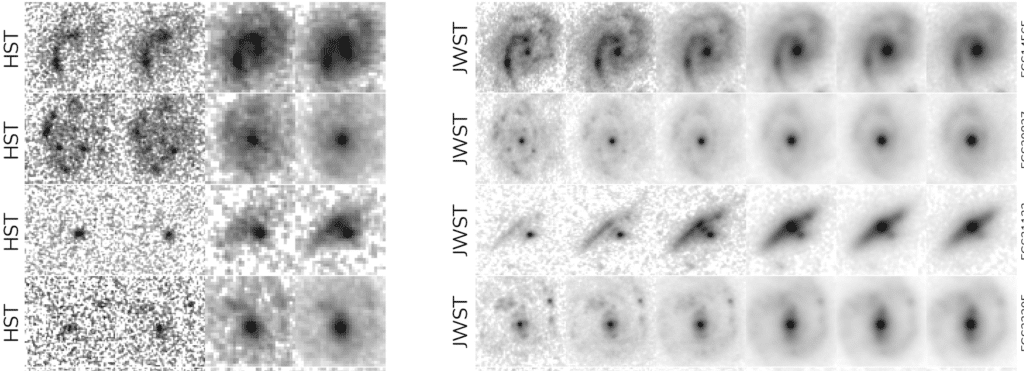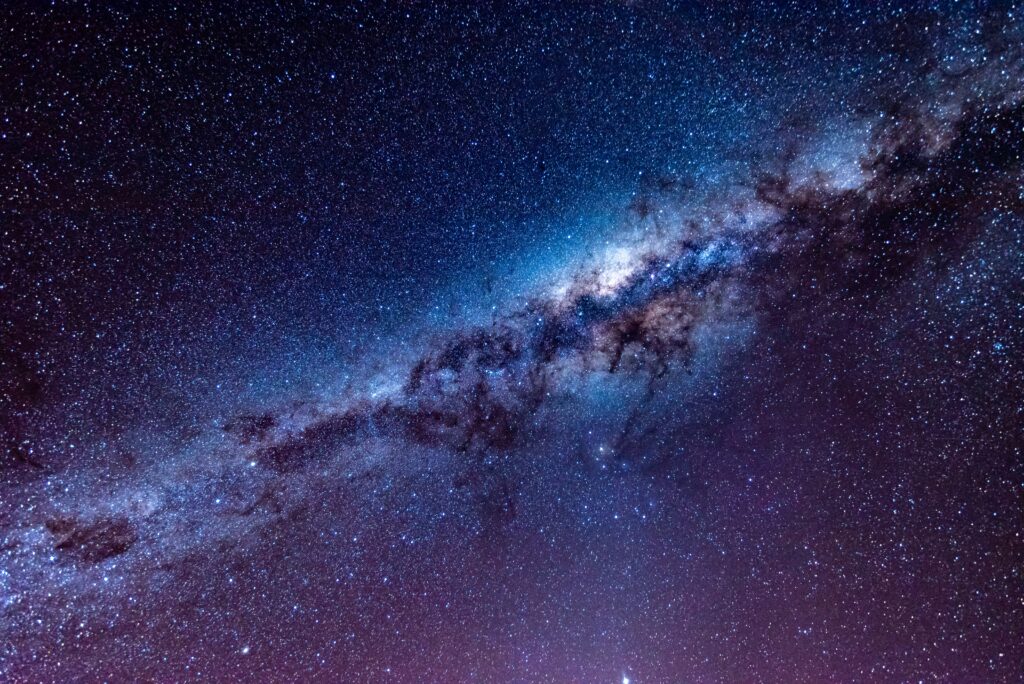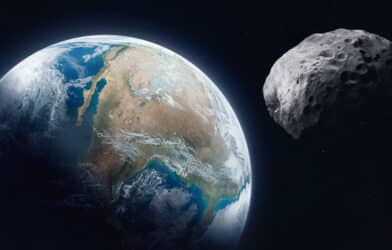Galaxies in the early universe exhibit remarkable similarities to our own Milky Way, according to new research, prompting scientists to reevaluate their understanding of the universe’s structural evolution. This paradigm-altering revelation, unveiled through the eyes of the James Webb Space Telescope (JWST), challenges long-held beliefs and paints the early universe in a new light.
Using the JWST enabled researchers to ascertain that Milky Way-like galaxies are considerably more commonplace in the universe than originally thought. The Milky Way is categorized as a “disk” galaxy, akin to a rotating pancake or compact disk, often boasting spiral arms. These galaxies are theorized to be prevalent in the adjacent universe and have been considered potential hosts for life due to their formation dynamics.
“Using the Hubble Space Telescope we thought that disk galaxies were almost non-existent until the universe was about six billion years old; these new JWST results push the time these Milky Way-like galaxies form to almost the beginning of the Universe,” explains study co-author Christopher Conselice, Professor of Extragalactic Astronomy at The University of Manchester, in a statement.
Early Universe Galaxies
Initially, scientists posited that the fragility of disk galaxies would inhibit their existence in the turbulent early universe where galaxy mergers, collisions that often result in altered galaxy structures, were rampant. However, the latest discovery demonstrates that these disk galaxies are tenfold more prevalent than earlier Hubble Space Telescope observations indicated.
“For over 30 years it was thought that these disk galaxies were rare in the early universe due to the common violent encounters that galaxies undergo,” says lead author, Leonardo Ferreira from the University of Victoria. “The fact that JWST finds so many is another sign of the power of this instrument and that the structures of galaxies form earlier in the Universe, much earlier in fact, than anyone had anticipated.”

A Universe in High Definition
The superior capabilities of the JWST have unveiled the true structures of these galaxies, revealing that disk galaxies like the Milky Way may have formed when the universe was comparatively youthful. It implies a swifter formation of “structure” in the universe than scientists had anticipated.
“These JWST results show that disk galaxies like our own Milky Way, are the most common type of galaxy in the Universe,” says Conselice. “This implies that most stars exist and form within these galaxies which is changing our complete understanding of how galaxy formation occurs. These results also suggest important questions about dark matter in the early Universe which we know very little about.
“Based on our results astronomers must rethink our understanding of the formation of the first galaxies and how galaxy evolution occurred over the past 10 billion years.”
The study is published in The Astrophysical Journal.












